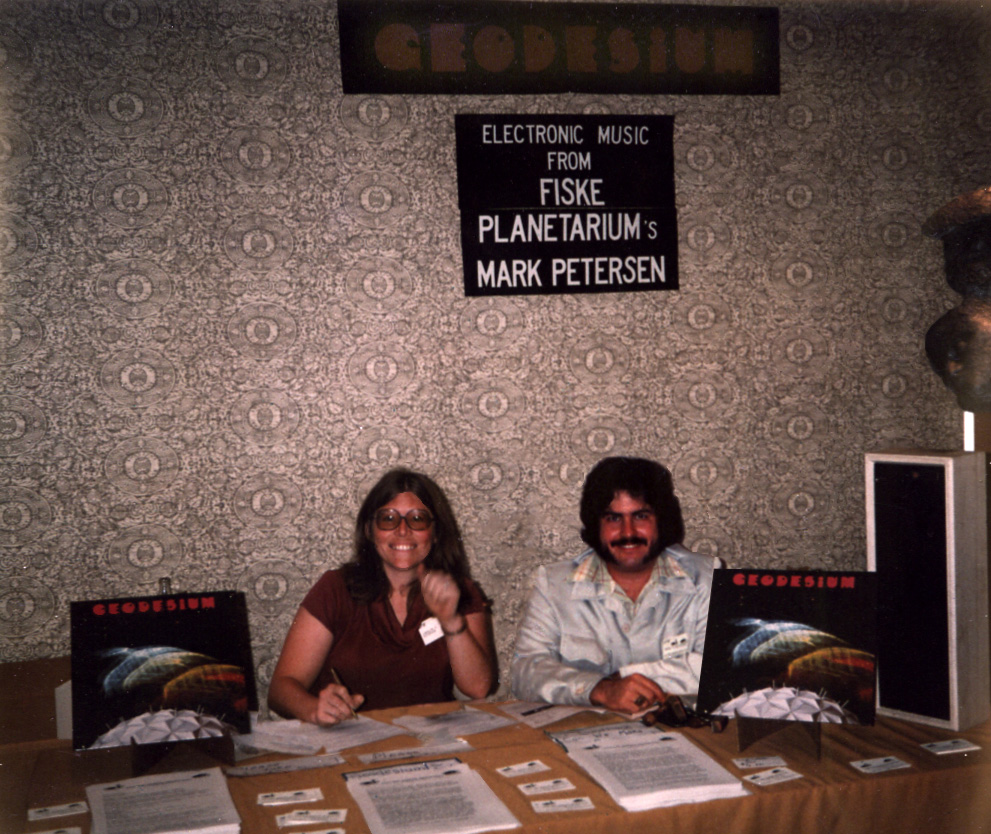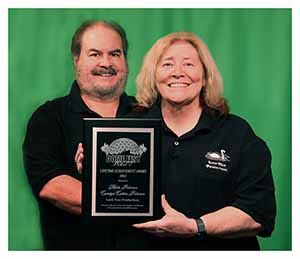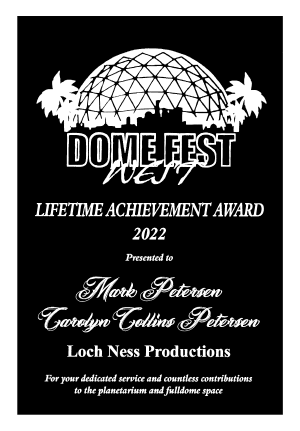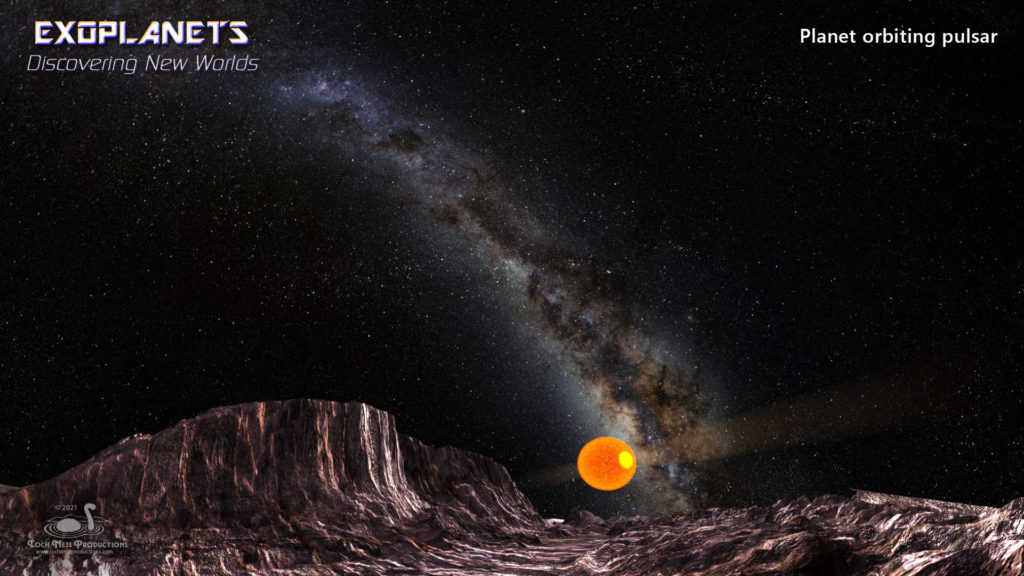First, an historical review…
Nearly 50 years ago, we began a company called Loch Ness Monster Productions to sell Geodesium space music by Mark C. Petersen. Over time, the word “monster” went away, and we morphed into Loch Ness Productions, a full-fledged planetarium and fulldome show production and distribution company. Ten years ago, we added FULLDOME OnDemand, now a very popular streaming service.
We’ve had a fulfilling 48 years serving the dome community and working with our fellow producers to get content onto domes. We’ve shipped more than three thousand shows to hundreds of planetarium facilities worldwide, reaching millions of viewers. We know that LNP shows have touched people’s lives in many ways. We have colleagues who grew up seeing Larry Cat in Space as students at their local planetarium, and they eventually became planetarium directors showing it to their students. Now we get mail from the next generation of visitors, recalling their childhood memories of seeing such shows as SpacePark360: Geodesium Edition at their local planetarium.
It’s also been our honor and pleasure to represent some of the finest shows from other producers around the world — some of the most beautiful and imaginative works in the fulldome medium.
In addition to our professional work, we also volunteered our time with planetarium organizations. We were honored to serve on the Executive Council of the International Planetarium Society in the 1980s — Mark as Treasurer and Membership chair, and Carolyn as Publications chair. We each served as President of the Rocky Mountain Planetarium Association. We were founding members of IMERSA, and Carolyn served on their board of directors for 7 years.
Through all this, our main work has been getting content onto people’s domes. Mark has spent many a conversation, on the phone or in email, helping colleagues install shows on their systems, answering questions about technical aspects as well as content.
Some numbers and credits…
As distributors of other people’s shows, we’ve paid their producers more than a million dollars in long-term show licensing fees since 2010. We’ve also provided a new source of income for producers via FULLDOME OnDemand streaming; over 120,000 dollars… and counting.
Mark provided soundtracks for more than 67 shows over the years, leading to 16 albums of Geodesium planetarium space music available to the general public on physical discs and tapes, and now from streaming sources such as Apple Music, Spotify, and many others.
In addition to her show writing, Carolyn has also worked as an exhibit and content writer for science centers and museum facilities. Her credits include the entire Griffith Observatory exhibition; the von Kármán visitor center exhibits for NASA/JPL, as well as a California Academy of Sciences exhibition about climate change; exhibition consulting for the Shanghai Astronomical Museum; and in 2024, creating a script for Lowell Observatory’s Dark Sky Planetarium. She continues to author articles (most recently as a regular contributor to UniverseToday) and books for publishers in the U.S. and the UK; she currently has 7 books to her name. She’s also been a successful astronomy lecturer aboard more than 35 cruise ships over the years, was an editor at Sky & Telescope for several years, and worked on a Hubble Space Telescope instrument team, all while getting a graduate degree from the University of Colorado.
We’ve both worked quietly but respectfully with our colleagues in the planetarium/fulldome community and were honored with a Lifetime Achievement Award from the DomeFest West organization in 2022. One of our short shows won an Honorable Award at the Jena Fulldome Festival in 2013.
We’ve truly enjoyed helping so many people explore the wonders of the Universe.
However — there’s always a “however” — all good things must come to an end.
Finally, the Big News: Retirement
Effective 30 June 2025, we’re closing down the customer-facing side of Loch Ness Productions. After that, Loch Ness Productions will transition to become a holding company for receiving the income and royalties from our intellectual properties — our planetarium shows, Mark’s music, and Carolyn’s ongoing writing and consulting projects. In essence, we’re returning to our roots.
What we won’t be doing is running the office, producing and distributing shows and products.
That’s not to say LNP shows are going away. There’s a continuing market for our own titles, and they will remain available through our reseller partners. While our copyrights won’t expire until 70 years after we do, in this digital age, our works may live on practically “forever”.
As for FULLDOME OnDemand, we’re transferring ownership and operation to the crew at ePlanetarium. In the decade since we created this service, it has provided shows to hundreds of domes. It’s clear this is a valuable service, and we wish our friends at ePlanetarium all the best as they drive it into the future.
“So long, and thanks for all the fish!” — Douglas Adams
We thank the many clients of ours who bought our show licenses, purchased MUSIC BACK-PACK Library volumes, Geodesium discs and tapes, artwork images, software, and other items from us. It’s been an interesting 48 years, and we’re proud to have been part of the history of the planetarium as it has evolved. We hope you’ll wish us well in our curated retirement activities.
Keep looking up and exploring the Universe!






